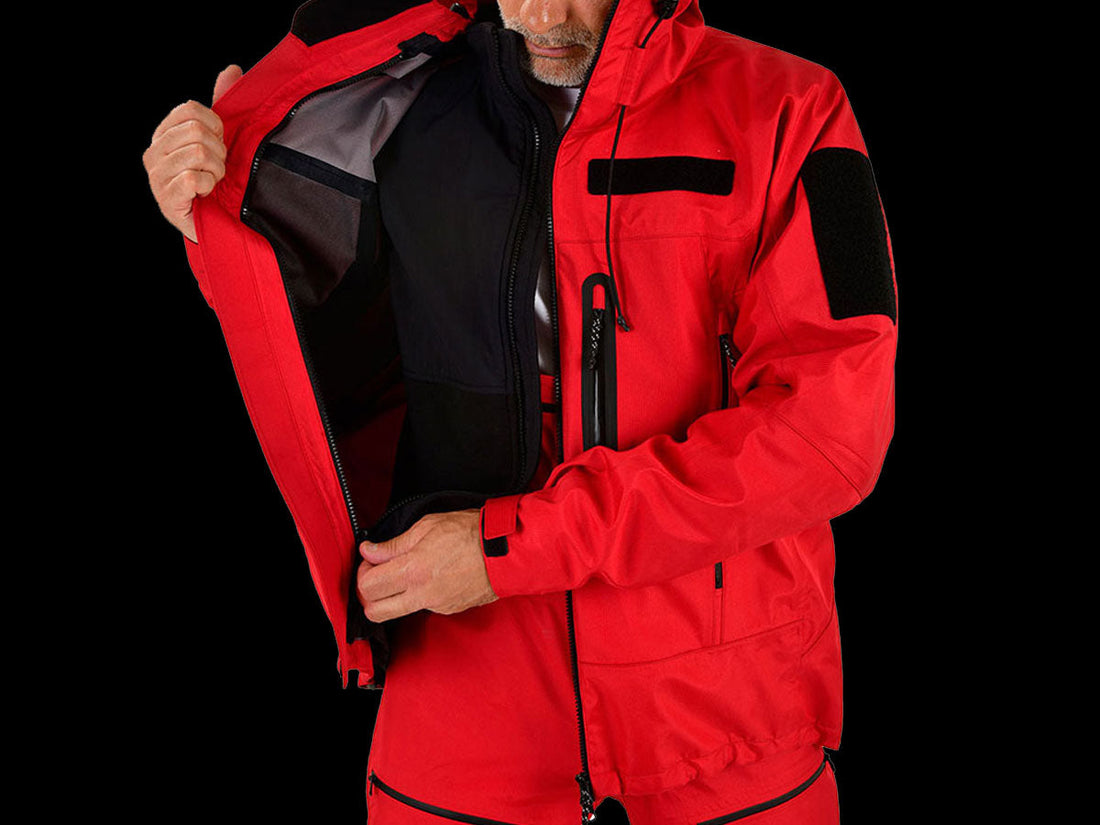
What Makes a Uniform Mission-Ready? A Technical Breakdown of Rescue Apparel
Beyond appearance—why every stitch and layer matters in the field.
When you're responding to emergencies, operating in dangerous terrain, or coordinating logistics in disaster zones, your uniform is more than a garment—it's part of your mission. A truly mission-ready uniform must meet technical, ergonomic, and operational standards to support the responder, not hinder them.
Let’s break down the essential elements that define a professional rescue uniform:
1. Ergonomic Construction for Mobility
Rescue missions involve climbing, crawling, running, and kneeling—often in confined or hazardous environments. Uniforms must be cut for mobility with articulated knees, gusseted crotch areas, and stretch panels to allow full range of motion.
2. High-Tenacity Fabric for Abrasion & Tear Resistance
From rubble to sharp metal debris, field conditions are unforgiving. A mission-ready uniform must use fabrics like ripstop polycotton, CORDURA®, or reinforced blends that can resist tearing while remaining breathable.
3. Weather and Climate Adaptability
A proper uniform system includes layered clothing:
Base layer to wick moisture
Mid layer for insulation
Outer shell for wind/rain protection
This system ensures the responder can perform effectively in both hot and cold climates.
4. Tactical Functionality & Utility Access
Multiple secure pockets, tool loops, and MOLLE-compatible panels ensure that gear is easily accessible. Reflective elements and high-visibility options improve safety, while heavy-duty zippers and adjustable cuffs support mission needs.
5. Custom Patch & Identity Zones
A mission-ready uniform must offer Velcro® or printed zones for team insignia, blood type, national emblems, or organization names—ensuring responders are easily identifiable and properly documented.
6. Compliance with Operational Standards
Uniforms should meet relevant certifications such as ISO 9001, EN ISO 20471 (visibility), or local procurement specs. This guarantees consistency in safety, durability, and manufacturing quality.
Conclusion: Uniforms Built for Action, Not Fashion
Mission-ready clothing isn't just about looking professional—it’s about being prepared. A well-engineered uniform enhances movement, protects the body, and supports task execution under pressure.
